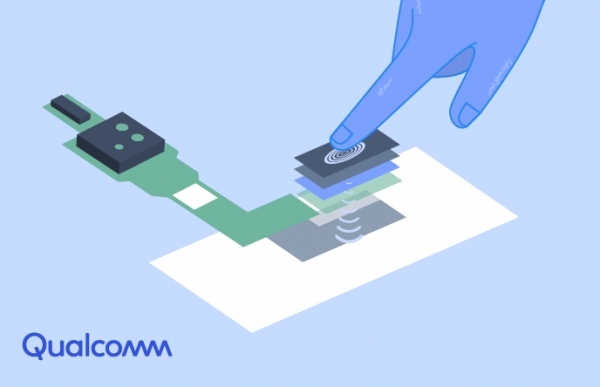
Samsung will keep the Fingerprint on Display (FOD) sensor for its next Galaxy S smartphone, according to industry sources on Sept. 10. For better performance, the Active Area Dimension (AAD) that recognizes the fingerprints is expected to be get much bigger.
“We are talking with clients including Samsung, Xiaomi and OPPO on supplying the FOD parts,” said an official of Taiwanese device parts supplier GIS, which produces the FOD modules based on sensors it gets from Qualcomm.
The US-based chipmaker has been developing the technology based on studies that FOD is more convenient for users whose hands and fingers are exposed to various foreign elements such as water or too much sunlight. On the downside, FOD modules are more expensive than the previous optical sensors.
Samsung Electronics first adopted FOD for its Galaxy S10, and then the Galaxy Note 10. The AAD in the two phones both measure 36 square millimeters wide. The next Galaxy S phone, dubbed the Galaxy S11, is likely to be fitted with the 64 square millimeters AAD, according to sources close to the matter.
The biggest fingerprint AAD that GIS is capable of mass-producing measures 64 square millimeters. The company revealed a 600 square millimeter at Touch Taiwan 2019 last month, but GIS says the product is a work in progress.
Industry watchers believe once the AAD becomes bigger, the upside to the FOD technology would become more pronounced, as users now say they cannot feel a big difference.
FOD can be applied only to flexible OLED, and not rigid panels, which was why Samsung adopted it for the first time for the Galaxy S10.
The Elec is South Korea’s No.1 tech news platform.

